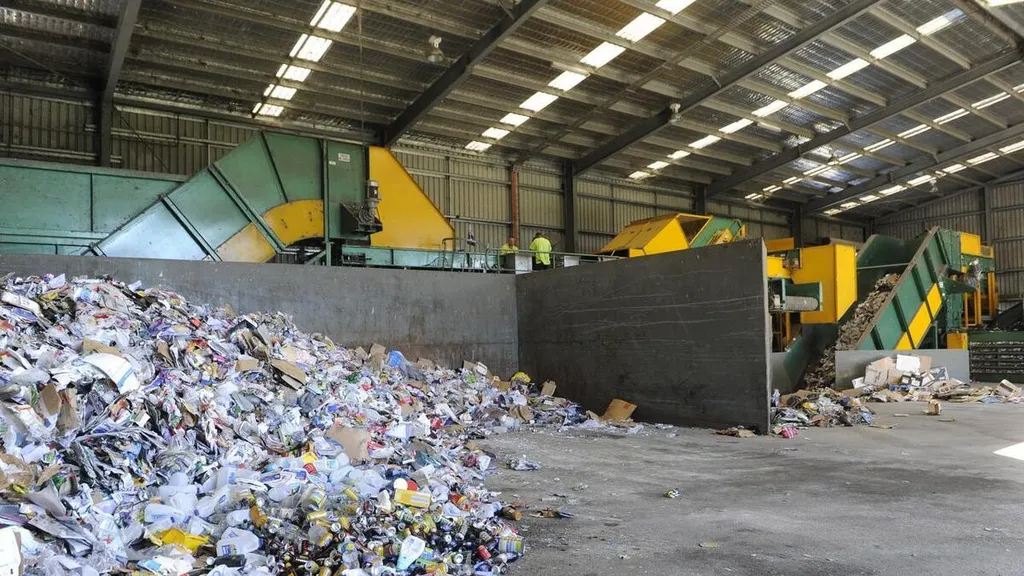In the heart of Iran, along the Torbat-e-Heydarieh–Mashhad Road, a groundbreaking approach to soil stabilization is unfolding, one that could reshape the geotechnical engineering landscape and offer significant benefits to the energy sector. Dr. Alireza Nezhadesmaeel Tavala, a civil engineering professor at Birjand University of Technology, has pioneered a sustainable method to improve clayey soils using recycled construction waste, potentially reducing the environmental footprint of infrastructure projects and energy installations.
Traditional soil stabilization methods often rely on cement or gypsum, both of which have notable drawbacks. Cement production is energy-intensive, contributing to greenhouse gas emissions, while gypsum’s durability is compromised in wet conditions. Dr. Tavala’s research, published in the journal Results in Engineering (which translates to “Engineering Results”), offers an eco-friendly alternative using granite-cutting waste (G-CW) and cemented slurry waste (CSW).
The study’s innovative approach involves incorporating these recycled materials into clayey soils, significantly enhancing their engineering properties. “We found that the inclusion of G-CW and CSW reduced the soil’s plasticity index by more than 85%,” Dr. Tavala explained. “Moreover, the unconfined compressive strength (UCS) values exhibited a remarkable increase from 64 kPa to approximately 450 kPa.”
This enhancement translates into notable improvements in key engineering parameters, such as the secant modulus (Es) and resilient modulus (MR), indicating the method’s suitability for field applications. The use of recycled construction waste not only presents an environmentally sustainable approach to soil stabilization but also highlights the feasibility of incorporating circular economy principles into geotechnical engineering practices.
The implications for the energy sector are substantial. Energy projects, particularly those involving infrastructure development, often require stable soil conditions for construction and operation. Traditional stabilization methods can be costly and environmentally damaging. Dr. Tavala’s research offers a more sustainable and cost-effective alternative, potentially reducing the environmental impact of energy projects and contributing to their long-term viability.
The study’s advanced microstructural analyses, including XRD, XRF, FTIR, and SEM, provide a deeper understanding of the stabilization mechanisms, paving the way for future developments in the field. As the world increasingly focuses on sustainability and circular economy principles, Dr. Tavala’s research offers a timely and innovative solution to a longstanding challenge in geotechnical engineering.
In the words of Dr. Tavala, “This research not only addresses the immediate need for sustainable soil stabilization but also opens up new avenues for the use of recycled materials in engineering applications.” As the energy sector continues to evolve, the adoption of such innovative and sustainable practices will be crucial in shaping a greener and more resilient future.

